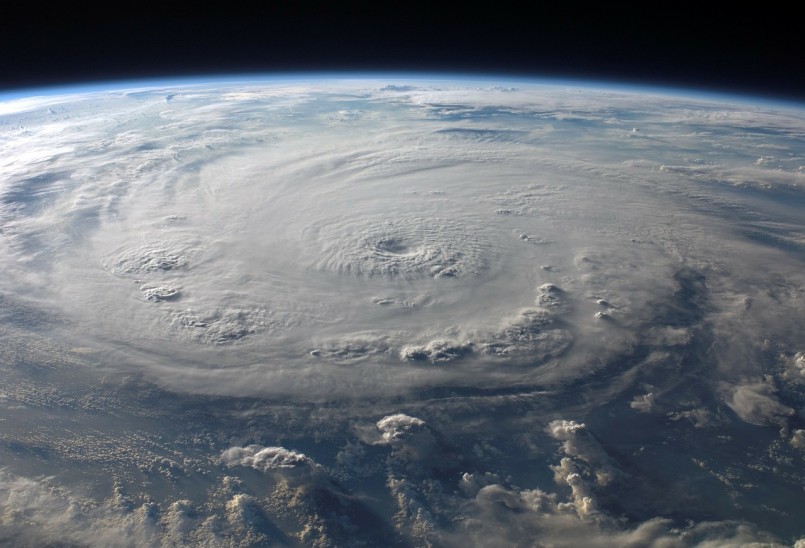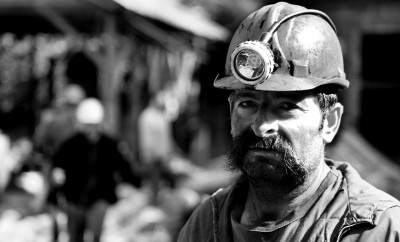Environment
2017 Hurricane Predictions Look Devastating

Hurricane Felix, 2007
As this year marks the 25th anniversary of Hurricane Andrew, which wreaked havoc in 1992 killing 65 and causing billions in damage throughout South Florida, the Bahamas and Louisiana, hurricane forecasters have announced their predictions for 2017 and advise those in at-risk regions to consider planning before the season is fully underway.
According to the National Oceanic and Atmospheric Administration, or NOAA, the 2017 hurricane season will be more active than usual for the Atlantic Basin. The season, which officially started June 1 and ends November 30, as explained in this informative video, is believed to possess the conditions necessary for between 11 – 17 tropical storms. Of those, 5 to 9 are expected to become hurricanes, with at least 2 to 4 of them becoming major events of a category 3 or higher on the Saffir-Simpson Scale of Hurricane Intensity.
Tropical storms produce wind speeds of 39 mph or greater, becoming actual hurricanes once speeds reach 74 mph. Major storms produce wind speeds of 111 mph or higher. The region of interest here includes not only the Atlantic but the Caribbean Sea and the Gulf of Mexico. Within an average hurricane season in the Atlantic, there will be around 12 named tropical storms, six hurricanes and three major category events.
The storm season already started early this year, however, with Tropical Storm Arlene developing in April. Arlene is only the second April storm to hit since the satellite era began, although forecasters indicate early storms are not necessarily indications for the rest of the season’s hurricane activity. Although Arlene was essentially harmless, the next storms may not be. According to this USA Today report, Storms Bret, Cindy, Don, Emily, Franklin and Gert can be expected to produce in the coming weeks, varying in their intensities.
To predict tropical storms, such conditions as El Niño cycles and ocean temperature trends (such as wind shear) can provide the greatest information for climatologists and forecasters. Gerry Bell, PhD and lead hurricane forecaster with NOAA’s Climate Prediction Center, states that NOAA foresee a “45 percent chance for an above-normal season, with the expectation for a weak or nonexistent El Nino, near or above average surface temperature across the main hurricane formation region and average or weaker vertical wind shear in that region”. Generally, stronger El Ninos and wind shear suppress storm formation in the Atlantic.
Grist explains how climate change is influencing hurricane intensity and damage in several ways. As temperatures across the globe increase, sea level rises, giving storm surges a greater reach inland. Higher temperatures may also increase moisture concentrations in the overall atmosphere, providing power to heavier rainfall in the regions. And although there may be fewer storms annually with climate change, the few that do occur will proportionally include more major hurricanes – as evidenced by the overall increase of major hurricanes in the Atlantic since 1970. The hurricane season may also become longer, with more early storms like Arlene popping up.
Additionally, Global Weather Oscillations has predicted the 2017 season will be even more dangerous than 2016, naming up to 17 tropical storms including nine hurricanes and five major hurricanes, expecting several United States Hot Spots. GWO’s predictions for hot spots in the United States have been close to 87 percent accurate since 2006 and details can be viewed or obtained on their website.
Other forecasters have slightly different predictions, according to USA Today, including meteorologists from Colorado State University (predicting 11 tropical storms with four hurricanes), the Weather Channel (predicting 12 named storms with six hurricanes), and Accuweather (predicting ten named storms with five hurricanes).
The Pacific basin is not without its set of predictions as well, kicking things off this season with a weak storm named Adrian in early May. Pacific forecasters predict 14 to 20 storms including 5 to 8 tropical cyclones (including tropical depressions, storms, and hurricanes). Eastern Pacific storms usually number around 15 per season, but typically stay far out in the seas, not affecting the United States mainland areas. Hawaii, however, could potentially be affected as well as the western coastal regions of Mexico.





0 comments